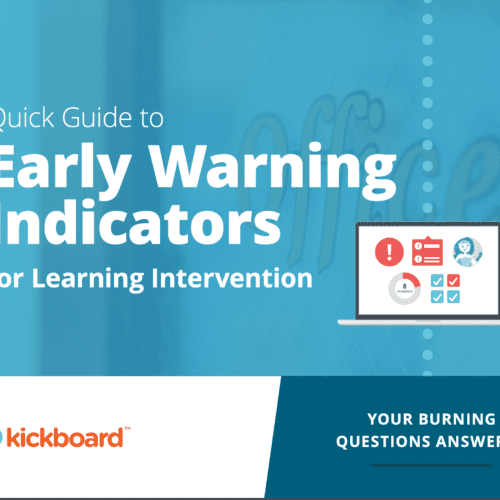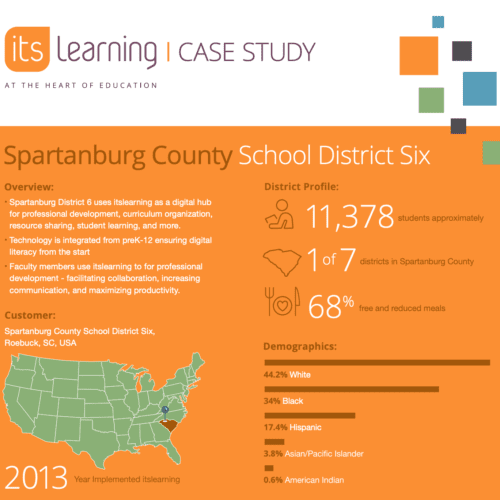As its name implies, a backgrounder is a document that provides the reader with background information on an organization, place, product or issue. You can use it in the following ways:
- An accompaniment to press releases or pitch letters
- A component of media kits and online press rooms
- A source of material for speeches, articles or other promotional materials
By including a backgrounder, communication professionals can keep their press releases and other materials short and focused. They don’t need to obscure their message with “backstory.”
In this post, we’ll focus on the basic building blocks for a backgrounder. The backgrounder consists of several elements, the first usually being a summary of the topic. The remaining components are arranged in the order that best suits the particular backgrounder. A paragraph may be devoted to one particular element or consist of a combination of multiple elements.
Let’s look at five basic elements:
1. First Paragraph/Summary
As mentioned, the backgrounder begins with an overview of the document’s subject. Example:
“XYZ Corporation, in Baltimore, MD, is one of the world’s largest widget makers, with sales in the past fiscal year exceeding $56 billion.”
2. Scope
If you’re writing about an issue or nonprofit, you’ll describe the geographical and/or demographic range of its impact. Example:
“Wild birds may carry H5N1 from one area to another through the process of migration. However, the conditions in the production environment, on farms and in rice paddy fields play a major role in subsequent secondary spread of the disease, as do the carrying of poultry from one point to another and live bird markets.”
(Source: Food and Agriculture Organization of the United Nations, Avian Flu backgrounder)
If you’re writing about a business, you’d describe its product line or services. Example:
“XYZ’s gaming widgets, smartphone doo-hickeys and audio-visual equipment are distributed worldwide. Its products are marketed under the brand names WidgetPro, Tele-Widgets and WidgetTech, respectively.
3. Mission/Philosophy/Organizational Process
Here, you’d include your organization’s objectives, areas of focus and possibly its overall way of operating. Example:
“Leading the widget market through innovation is XYZ’s founding principle, and the company devoted more than $3 million to research and development during the last fiscal year. The XYZ approach is to observe how people use its products in the ‘real world,’ collect direct feedback from users through focus groups and regional conferences, and use that knowledge as the basis for product improvement.”
4. History
This component describes the subject’s origins and/or major milestones. It’s typically written in one paragraph, but the avian flu backgrounder I cited earlier provides the disease’s history over approximately three paragraphs (you can do that with a Web page). However, it can be condensed for our purposes:
“…in the last 10 years there has been a progressive increase in the number of outbreaks of avian flu in poultry compared with the previous 40 years… The human health implications of avian flu were revealed in 1997 during outbreaks in Hong Kong. …Since then, there have been other episodes with human deaths – in Hong Kong and in the Netherlands in 2003, and the current series of outbreaks in Asia …”
For an organization, you might use something like this:
“Founded in 1945 by John Doe under the name ZYX Co., the company received its first patent for widget design in 1947. The organization’s name was changed to XYZ Corp in 1980 and it now has nearly 12,000 employees and 60 manufacturing plants around the world.”
5. Conclusion
The final paragraph usually provides information such as the geographic location of offices and factories.
You can add any other information you consider relevant to your backgrounder. However, remember that if printed, the document should be only one page, so it’s best to include (and condense) only the most important information. For your easy reference, I found an interesting example of a backgrounder on Scribd and another (lengthy) Web page example from the National Sleep Foundation.








